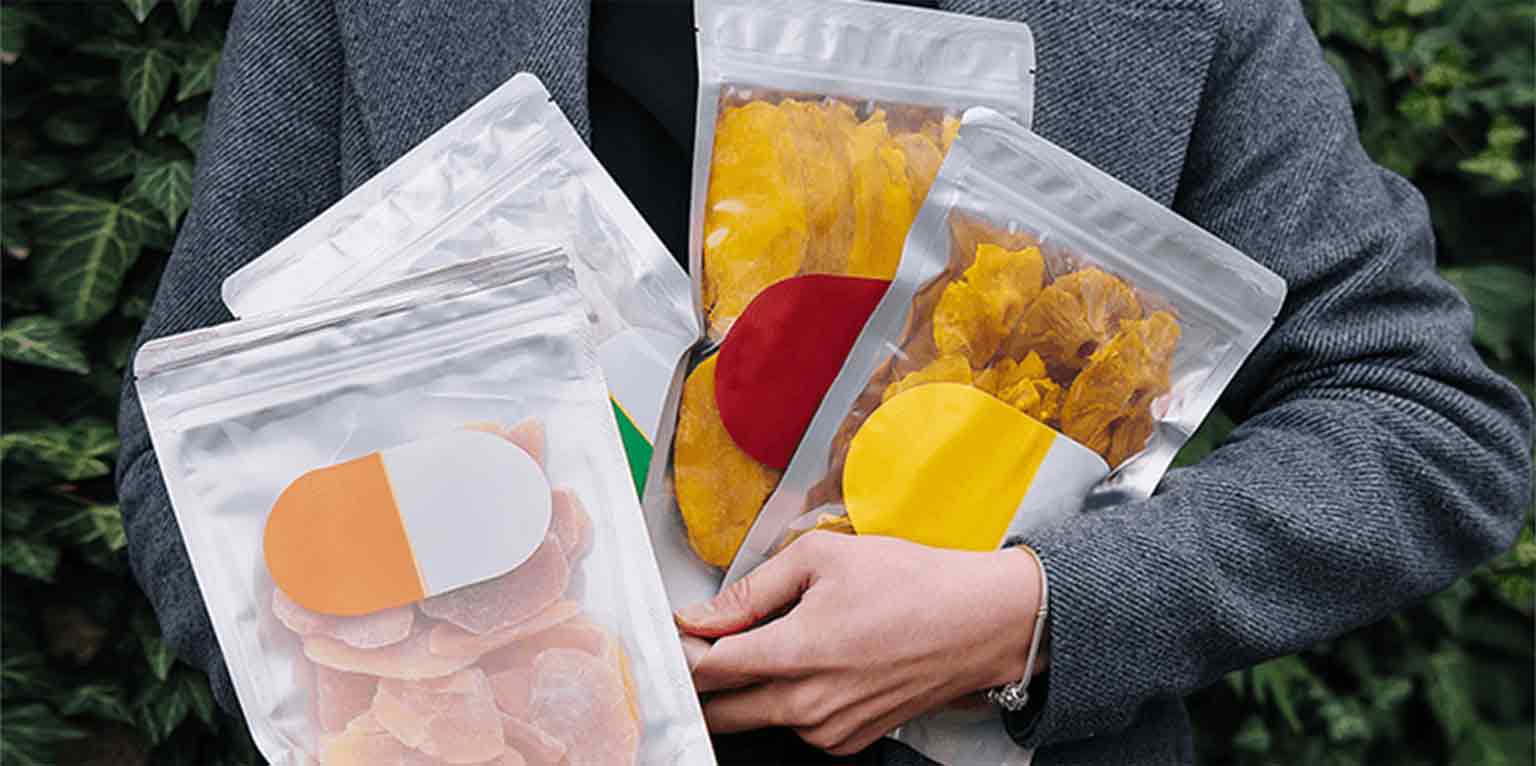


Flexible packaging is undergoing a significant transformation as industries worldwide prioritize innovation and sustainability. In 2025, advancements in technology and eco-friendly materials are shaping the future of the packaging industry, ensuring efficiency, durability, and reduced environmental impact. Companies are shifting toward biodegradable materials, lightweight packaging solutions, and smart packaging technologies to enhance both functionality and sustainability.
One of the most significant trends in flexible packaging is the rise of biodegradable and recyclable materials. Companies are investing in plant-based plastics, compostable films, and paper-based solutions to minimize waste. These materials not only reduce carbon footprints but also meet consumer demands for environmentally friendly products.
Smart packaging is revolutionizing the industry by integrating QR codes, NFC technology, and sensors to provide real-time information about product freshness, authenticity, and storage conditions. This technology enhances consumer engagement while reducing food waste and improving supply chain efficiency.
As companies aim to cut down transportation costs and material waste, lightweight packaging solutions are becoming a priority. These solutions require fewer resources, making them more sustainable and cost-efficient while maintaining durability and protection for products.
Consumers and regulatory bodies are pushing for stricter sustainability standards, prompting packaging companies to adopt greener solutions. Reducing plastic waste, improving recyclability, and using renewable resources are key drivers in the shift toward a circular economy. As a result, businesses are implementing sustainable packaging strategies that align with global environmental goals.
The flexible packaging industry will continue to evolve with technological advancements, eco-friendly innovations, and increased consumer awareness. By 2030, packaging companies will likely achieve higher levels of sustainability, reduced material usage, and improved functionality through smart packaging solutions. Brands that embrace these changes today will stay ahead in an increasingly competitive market.
The future of flexible packaging in 2025 is centered around sustainability and innovation. With the adoption of biodegradable materials, smart packaging, and lightweight solutions, companies can reduce environmental impact while enhancing product efficiency. As consumer preferences and regulations shift, staying ahead of packaging trends will be essential for businesses looking to maintain a competitive edge.
Want to revolutionize your packaging strategy?